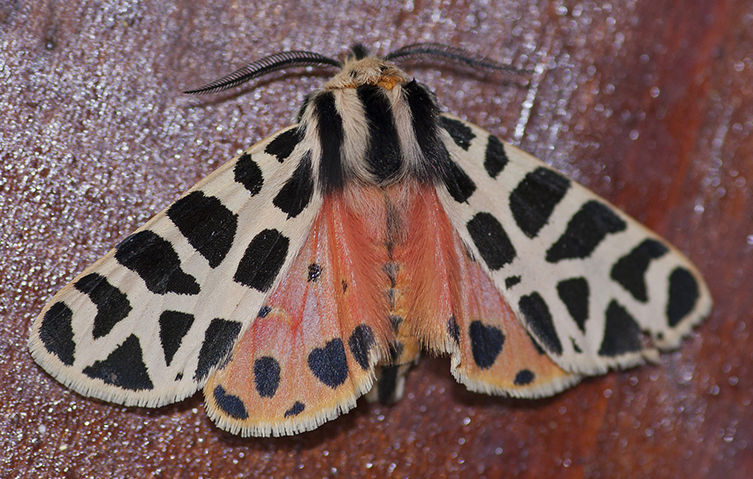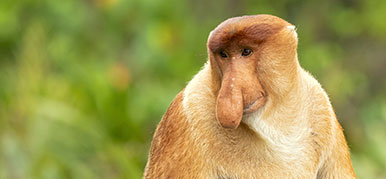The life of a growing caterpillar isn't easy - diseases, parasites and infectious bacteria lurk at every turn.
But one species of caterpillar is thought to be the first recorded self-medicating insect.

Woolly bear caterpillars use toxic food to fight parasites © Benedict Gagliardi, licensed under CC BY-NC 4.0
The life of a growing caterpillar isn't easy - diseases, parasites and infectious bacteria lurk at every turn.
But one species of caterpillar is thought to be the first recorded self-medicating insect.
Becoming an adult butterfly or moth is a high-stakes obstacle course.
One of the biggest threats a caterpillar faces is the risk of being parasitized.
Wasps and flies inject their own eggs into a caterpillar's body for growing larvae to feed off its internal organs.
But the woolly bear caterpillar (Grammia incorrupta) is one of the only recorded species able to fight back against these unwelcome attackers.
Cells known as haemocytes play an important role in the caterpillar immune system. Like our white blood cells, these help development and growth.
Some haemocytes can envelop and destroy tiny microbial parasites that invade the insect's body.
For many caterpillars, however, this immune response is not enough to kill off invaders determined to take over their bodies.

Woolly bear caterpillar grow into adult tiger moths © Carla Kishinami, licensed under CC BY-NC-ND 2.0
But the woolly bear caterpillar is far from powerless. When a parasite hits, this species takes direct action.
Scientists think that by deliberately eating plants laced with toxic alkaloids, the caterpillars either poison the invaders inside them or boost their own immune systems.
A study found that woolly bear caterpillars suffering from parasitic infection ate more alkaloids than their healthy counterparts.
In doing so, they were also more likely to survive and grow into adult tiger moths.
But eating the toxins also comes with a risk. If healthy caterpillars eat a lot of the alkaloids, they are more likely to become ill and die. This means the insects must find a healthy balance in their diet.
Such discoveries suggest that insects are able to self-medicate in the same way some mammals and birds do.
Researchers think Grammia incorrupta caterpillars have an immune system that can detect and react to parasites inside the body.
A parasite's presence stimulates a chemical in the part of the brain that controls taste, driving the caterpillar towards medicinal plants.
Dr David Lees, Museum micromoth curator, says, 'These are not the only insects that act as doctors.
'Female monarch butterflies have a different strategy. They can become infested with the spores of a potentially deadly parasite that often passes to their offspring.
'When this happens, they make sure to lay their eggs on the most toxic plants to help kill the infection and protect their young.
'They seem to sense their infection levels and choose the best medicine for their future offspring.
'So both species can ward off these debilitating parasites.'

Just how weird can the natural world be?
Don't miss a thing
Receive email updates about our news, science, exhibitions, events, products, services and fundraising activities. We may occasionally include third-party content from our corporate partners and other museums. We will not share your personal details with these third parties. You must be over the age of 13. Privacy notice.
Follow us on social media